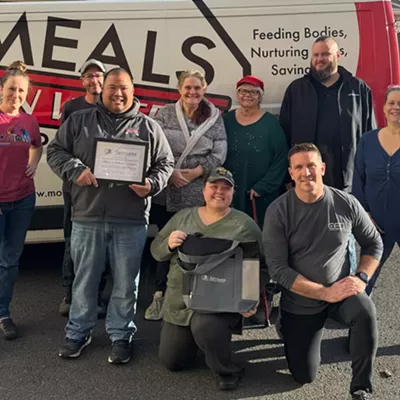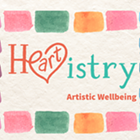Cheyene’s parents knew something was dangerously wrong with their little girl.
A medical helicopter whisked the gravely ill 3-year-old girl from her hometown of Lewiston, Idaho, to Spokane with a severe blood infection. Doctors administered an emergency transfusion immediately upon her arrival. The infusion of platelets and red blood cells stabilized her condition and saved her life.
Cheyene’s story is just one of many that play out daily from Moses Lake to Kellogg and Lewiston to Bonners Ferry. Each year, thousands of patients across the Inland Northwest require platelet transfusions.
Platelets are small cells in the blood that help control bleeding. These remarkable powerhouses of healing are essential to cancer patients, burn victims and transplant recipients whose own blood supply is severely depleted during treatment.
Transfusions, like the one Cheyene received, usually happen quickly and are resource-intensive. Cheyene was later diagnosed with acute lymphoblastic leukemia. She received several more units of red blood cells and platelets during the course of her ongoing treatment.
Demand for platelets is great in the Inland Northwest. The region’s major regional hospitals and specialty care clinics treat burn victims from three states and attract heart, organ and marrow transplant patients.
As a matter of perspective, a heart surgery patient may require six units of platelets. A burn victim might need 20 units; an organ transplant patient, 30 units; a bone marrow recipient, 120 units. A further complication is that platelets are delicate. Once outside the body, they last only five days.
So every day, the Inland Northwest Blood Center must collect a minimum of 15 platelet donations to meet the demand of patients in our area. That’s in addition to the 150 units of whole blood needed daily by the 36 regional hospitals and medical centers that rely on us as the trusted and exclusive supplier of blood.
Luckily, people can make platelet donations frequently — as often as every seven days and up to 24 times a year. And while it takes a little longer than a whole blood donation — a little more than an hour — the process uses automated equipment and is relatively simple.
Platelet donation is not new. Advancements in diagnosing and treating chronic illnesses and severe injuries are creating a renewed emphasis and greater awareness of the needs and benefits.
Modern technology makes the platelet donation process much more efficient. Platelet donations are made through an automated process called apheresis (ay-fur-EE-sis), which allows a donor to give specific blood components. Platelets are collected with a single-arm, single-needle procedure which removes a small portion of the donor’s blood and separates the blood components based on density and weight. Platelets are captured in collection bags while the remaining blood components, plasma and red cells are returned to the body.
Patients like Katie are the beneficiaries. Routine ear surgery before her freshman year of college revealed a severe form of the rare blood disease, aplastic anemia.
Katie received approximately 250 platelet transfusions, 200 red blood cell transfusions and eventually, bone marrow from her brother. Those treatments allowed her to enroll at the University of Idaho and resume what she calls “the awesomeness of life.”
Kind-hearted volunteers from near and far are stepping forward to help the INBC ensure a safe and steady blood supply. Yet the need remains for additional donors.
Last month, the INBC hosted Al Whitney in his “Platelets Across America” tour to raise awareness about the need for platelets. The 71-year-old Avon Lake, Ohio, resident’s personal quest — to donate platelets in each of the 50 states — started in October, 2007, and Al made platelet donations in Washington and Idaho during his Inland Northwest stay, bringing the total number of states he’s visited to 19. The visit was presented through the Jean Merrill Education Fund, under the generous sponsorship of Moloney and O’Neill.
Our region’s hospitals depend on the INBC as the supplier of safe and dependable blood products. We rely on tens of thousands of generous donors. The needs of patients like Cheyene and Katie are met by those selfless volunteers. The challenge remains, as Al says, to do more.
DONATING PLATELETS
Platelet donors must be at least 16 years old, weigh at least 110 pounds, be in general good health and free of any cold or flu virus symptoms. Donations take 1 to 2 hours and can be made every 7 days. A total of 24 platelet donations can be made each year. Visit www.inbc2.org or call 624-0151 or (800) 423-0151 to learn about becoming a donor.















